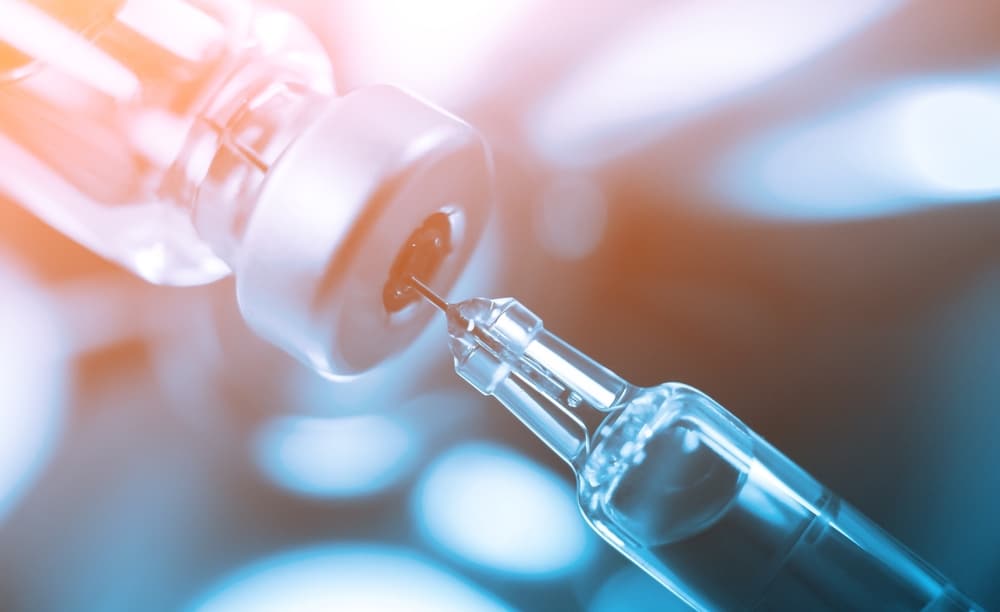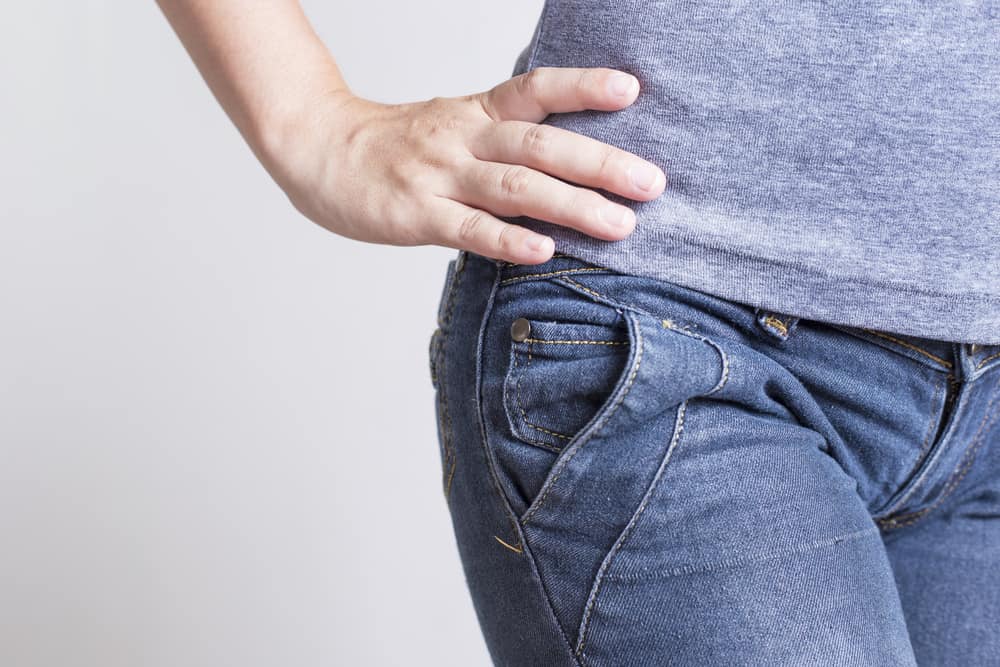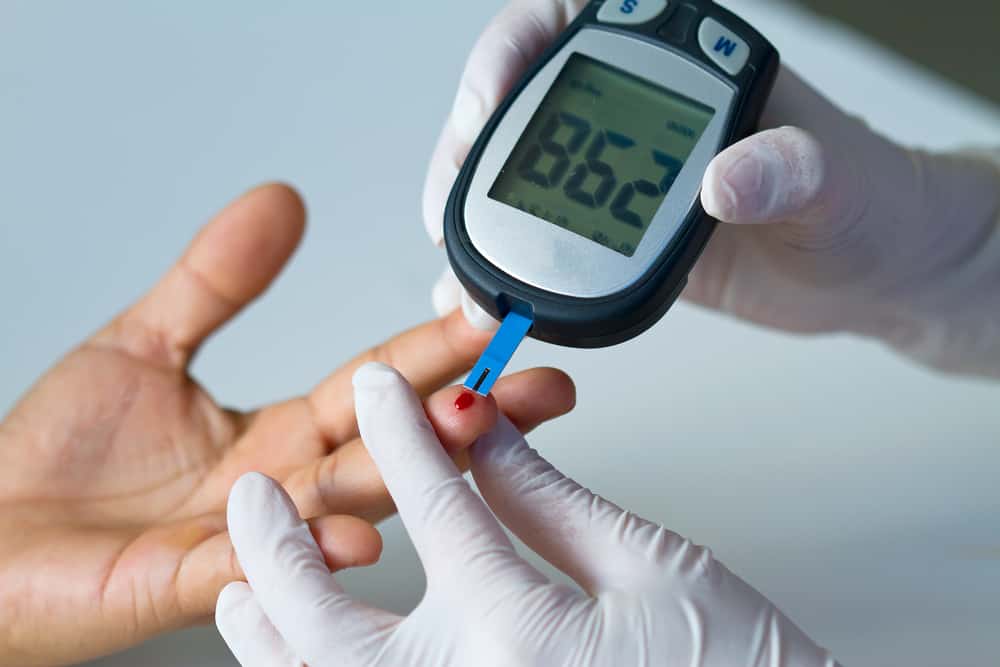Contents:
- Medical Video: A Guide to Using Your Insulin Pen
- What is insulin injection?
- Component of insulin injection
- Why are insulin injections commonly used for insulin administration?
- Tips for choosing an insulin syringe
- Steps to administer insulin with insulin injections
- 1. Prepare your syringe
- 2. Prepare your insulin bottle
- 3. Transfer insulin to the syringe
- 4. Remove bubbles
- 5. Prepare the injection area
Medical Video: A Guide to Using Your Insulin Pen
Diabetics are certainly familiar with syringes. Especially if they are already dependent on insulin. Syringes have become "friends" that are met every day.
This insulin injection is sometimes a frightening specter for some diabetics. Sharp needles and childhood memories when injected can sometimes lead to their own phobias of syringes. Even so, there is only one way to overcome this problem, namely by fighting that fear.
Luckily, with the advancement of the health world, diabetics can be a little relieved by the presence of an insulin pen. The shape is more like a pen, making a shadow of horror that the syringe can be disguised. Even so, there's nothing wrong if we also recognize insulin syringes, as the first device that plays a role in giving insulin.
What is insulin injection?
Insulin injections are the most common way of giving insulin to the body. Of course you are not familiar with the scene where a doctor is flicking a syringe to clean the medicine in it? That is the form of insulin syringes in general. It's the same as the syringe that you usually encounter, but in different sizes of needles and containers. Usually, smaller in size.
Insulin injections are usually available in different needle lengths and thicknesses. There are two sizes commonly found in insulin syringes, namely short needles (less than 10 mm) and long needles (more than 10 mm). Insulin syringes have a thin thickness. This is caused by the frequency of injecting insulin which is done routinely, so that a thinner needle is needed to avoid irritation or side effects at the injection point.
Component of insulin injection
Insulin syringes have three components that you need to know.
- Syringe. The needles on insulin injections are generally short and thin. This is done to reduce pain and facilitate the injection of injectable insulin. Make sure that your syringe is protected by the lid when you get it
- Insulin container / tube. This section is the container where you store insulin. This container is equipped with a measuring line that shows the number of units of insulin that you will inject into the body
- Pusher This section is long in shape that can move up and down with rubber at the inside end to prevent insulin from leaking out. This section serves to pull insulin into the injection container and inject it into the body
Keep in mind that insulin injections are disposable. You must throw it away when it's finished using it. Consult with your pharmacist about the right way to dispose of this insulin syringe so that it is not misused.
Why are insulin injections commonly used for insulin administration?
Before the widespread use of insulin pens in the 1990s, syringes became the most commonly used device for administering insulin. Some reasons include:
- The price is cheaper
- Available in various sizes, thicknesses and needle lengths
- Easy to use and learn
- Many insurance companies cover the use of insulin injections, but not the insulin pen
- Insulin injections can be used to mix two insulin at one injection (if the insulin used is insulin which can be combined)
Tips for choosing an insulin syringe
Before choosing insulin injections, there are two things that you should pay attention to, namely:
- The capacity of the unit of insulin you need (this can be seen from the writing / markers printed on the insulin storage tube)
- How clear the writing on the insulin storage tube can be seen
Choose syringes with the smallest capacity according to what you need. Smaller injections usually have a writing on a clearer insulin storage container, making it easier for you to read it.
Steps to administer insulin with insulin injections
Before you do the injection, the thing to note is to pay attention to the insulin fluid itself and check the expiration date of your insulin. Also make sure that there are no solid particles or discoloration of insulin in the small bottle. Always wash your hands before making an injection.
1. Prepare your syringe
When injecting, make sure that your needle is still closed so that it is still sterile. After you open the needle cover, pull the pushing part to fill the air into the injectable insulin storage container. Pull it up to the number of units you need for insulin injection
2. Prepare your insulin bottle
With the insulin bottle facing up, inject the air that was taken into the vial bottle. This is useful for equalizing the pressure in an insulin bottle so that you are more easily attracted to it. If you use dissolved insulin, make sure that the insulin in your bottle is well mixed. You can mix it by turning it in the palm of your hand slowly
3. Transfer insulin to the syringe
Position a small bottle containing your injectable insuli in reverse. If you have already released insulin from the same vial bottle, clean it first with a tissue containing alcohol. Then aim the injection at the position of the needle above, and inject it into your insulin bottle. Make sure that the tip of your needle is in liquid insulin, not the air inside the bottle. Then pull the pusher on the syringe to move insulin from the bottle to the syringe according to the recommended dose.
4. Remove bubbles
After insulin is in the syringe, with the needle still on top, tap the syringe with your finger slowly to remove the bubbles inside the insulin tube so that the dose entered is according to the dose.
5. Prepare the injection area
Don't forget to clean the injection area with alcohol. Make sure that the injection area is dry before you inject. You can inject insulin into fatty tissue that is under the skin (subcutaneous) in the abdomen, thighs, or buttocks. You can also inject it into your upper arm if it contains a lot of fat. Choose an area that is not too hard.












